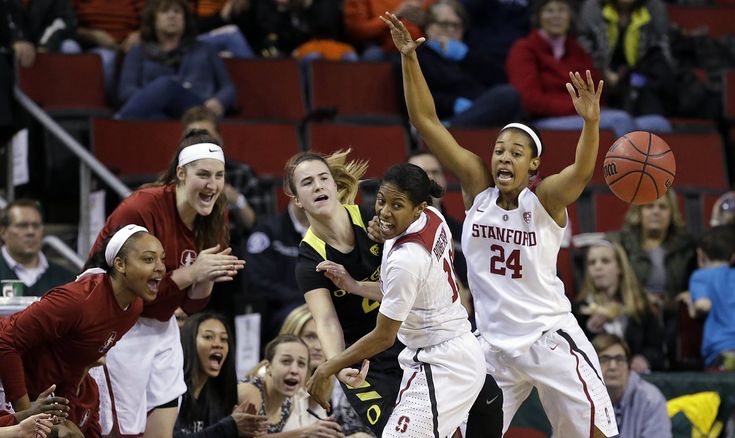How Many Quarters In College Basketball
In college basketball, a standard game is divided into two halves, each lasting 20 minutes of gameplay. Therefore, there are two halves in college basketball, not quarters. This is different from professional basketball, where games are typically divided into four quarters.
College basketball is a thrilling sport that captivates fans with its fast-paced action and intense competition. To truly appreciate the dynamics of the game, it’s crucial to understand the structure, particularly the division of playtime into quarters. In this article, we’ll delve into the fascinating world of college basketball quarters, exploring their evolution, impact on the game, and much more. Also, read about How Long is Halftime in College Basketball
Evolution of College Basketball Quarters
The roots of college basketball date back to the late 19th century, and unsurprisingly, the format of the game has undergone significant changes since then. In its early days, college basketball followed a halves system, mirroring its high school counterpart. However, as the sport matured, quarters emerged as the preferred format.
Over the years, rule changes and adaptations have shaped the current quarters system, providing a unique rhythm to college basketball games.
Current Quarters System
In today’s college basketball, the game is divided into four quarters. Each quarter lasts a specified amount of time, contributing to the overall duration of the match. Understanding the breakdown of time in each quarter is essential for fans and players alike.
The first and second quarters typically have equal playing time, followed by a halftime break. The third quarter mirrors the first two, and the final quarter often holds particular significance as teams strategize to secure victory. Discover more about How Many Steps Can You Take in Basketball
Impact on Game Dynamics
The quarters system significantly influences the dynamics of college basketball. Coaches must carefully manage player rotations to combat fatigue, especially in high-stakes games where every minute counts. The breaks between quarters provide crucial moments for teams to regroup and adjust their strategies.
The strategic element introduced by quarters adds an extra layer of excitement, as teams must navigate the ebb and flow of the game in four distinct segments.
Comparison with Other Basketball Formats
College basketball’s quarters system stands out when compared to other basketball formats. Unlike high school basketball, which follows a halves structure, and professional leagues, which often have a different number of quarters or halves, college basketball strikes a balance with four quarters.
This distinction adds to the uniqueness of the college game, requiring players and coaches to adapt their strategies accordingly.
Notable Moments and Controversies
Throughout the history of college basketball, numerous memorable moments and controversies have been directly tied to the quarters system. From last-minute buzzer-beaters to disputed referee calls, the timing of these events within specific quarters often amplifies their impact on the game and its outcome.
These instances contribute to the lore of college basketball, creating lasting memories for fans and players alike.
Fan Perspectives
The fan experience is intricately linked to the quarters of a college basketball game. Opinions vary on whether the four-quarter format enhances or diminishes the excitement. Some argue that it provides more suspense and strategic depth, while others may long for the simplicity of halves.
The atmosphere in the arena often changes as each quarter unfolds, reflecting the ebb and flow of the game.
The Role of Timeouts
Strategic timeouts are a crucial aspect of college basketball, particularly between quarters. Coaches use these breaks to analyze first-hand performance data, adjust strategies, and provide essential guidance to their teams. The utilization of timeouts can be a game-changer, especially in tightly contested matchups.
Scoring Trends Across Quarters
Analyzing scoring patterns across quarters reveals intriguing insights into team dynamics. Some teams may exhibit consistent performance, scoring steadily in each quarter. In contrast, others may display bursts of offensive brilliance in specific quarters. Understanding these trends contributes to a deeper appreciation of team strategies.
Importance of the Fourth Quarter
The final quarter often serves as the stage for dramatic comebacks and game-changing plays. Teams trailing in the score must mount their last-ditch efforts, leading to heightened intensity and suspense. The importance of the fourth quarter is unparalleled, making it a focal point for fans and players alike.
Rules and Regulations
Apart from the duration of quarters, specific rules and regulations govern play within each segment. Foul limits per quarter resets after each quarter, and overtime rules, if applicable, add additional layers to the strategic decisions made by teams and coaches.
Player and Coach Strategies
Adaptability is a hallmark of successful college basketball teams. Players and coaches continually adjust their strategies based on the evolving dynamics of the game. The ability to read the flow of play and make effective use of quarter breaks often differentiates championship-caliber teams from the rest.
Statistical Analysis
Delving into statistical analyses of team performance per quarter uncovers trends and outliers. Researchers and analysts scrutinize data to identify patterns, strengths, and weaknesses that can be exploited or mitigated. These insights contribute to a more comprehensive understanding of the game.
Quarters in College Basketball Tournaments
The quarters system becomes even more crucial during college basketball tournaments. Unique rules and regulations specific to these high-stakes competitions often add an extra layer of complexity. The impact of quarters on the intensity of tournament games cannot be overstated.
Conclusion
In conclusion, the quarters in college basketball are not just segments of play; they are integral components shaping the very essence of the game. Understanding the evolution, impact, and strategic nuances of quarters enhances our appreciation for the sport. Whether you’re a seasoned fan or a newcomer, the four quarters contribute to the rich tapestry of college basketball, making each game a unique and thrilling experience.
FAQs
How long is each quarter in college basketball?
In college basketball, each quarter typically lasts for 10 minutes, making a total of 40 minutes for the entire game.
Why does college basketball use quarters instead of halves?
College basketball adopted the quarters system to strike a balance between high school basketball, which follows halves, and professional leagues, which may have different structures. It adds a unique dynamic to the game.
Do college basketball games have overtime periods?
Yes, college basketball games can go into overtime if the score is tied at the end of the fourth quarter. Overtime periods are usually five minutes long.
How do timeouts work in college basketball?
Teams in college basketball are allowed a set number of timeouts, and they can use them strategically, including between quarters. Timeouts provide an opportunity for coaches to make adjustments and guide their teams.
What is the significance of the fourth quarter in college basketball?
The fourth quarter is often crucial, as it’s the final opportunity for teams to make a comeback or secure their lead. It tends to be the most intense quarter with heightened drama.
Alina is a passionate basketball player with a love for the game that knows no bounds. With years of experience on the court, she brings unmatched skill and dedication to her team. Alina’s commitment to excellence both on and off the court sets her apart as a leader and motivator. Whether she’s driving to the basket or encouraging her teammates, Alina’s enthusiasm and sportsmanship shine through. As a valuable member of the basketball team, Alina’s presence elevates the spirit and performance of the entire squad.








